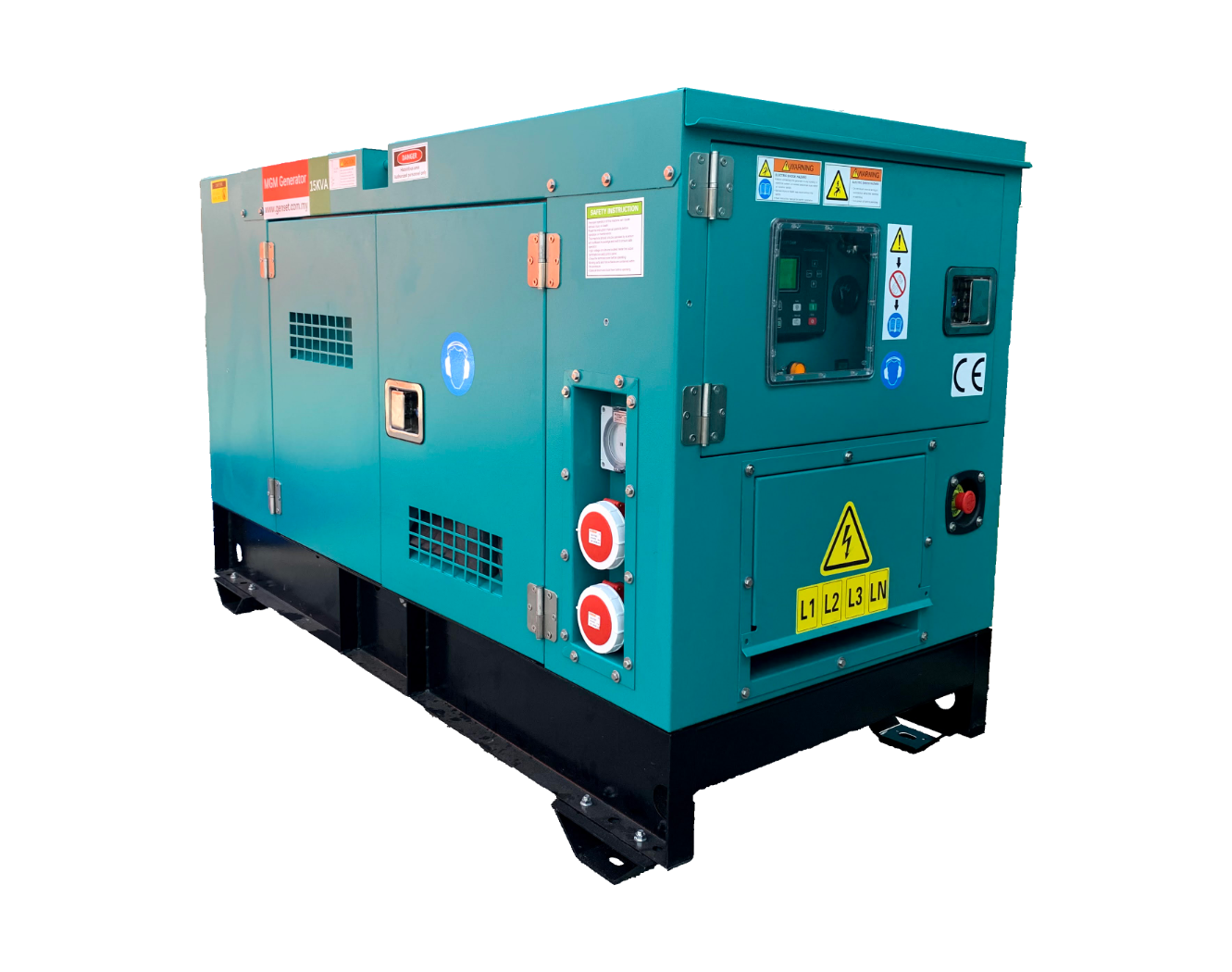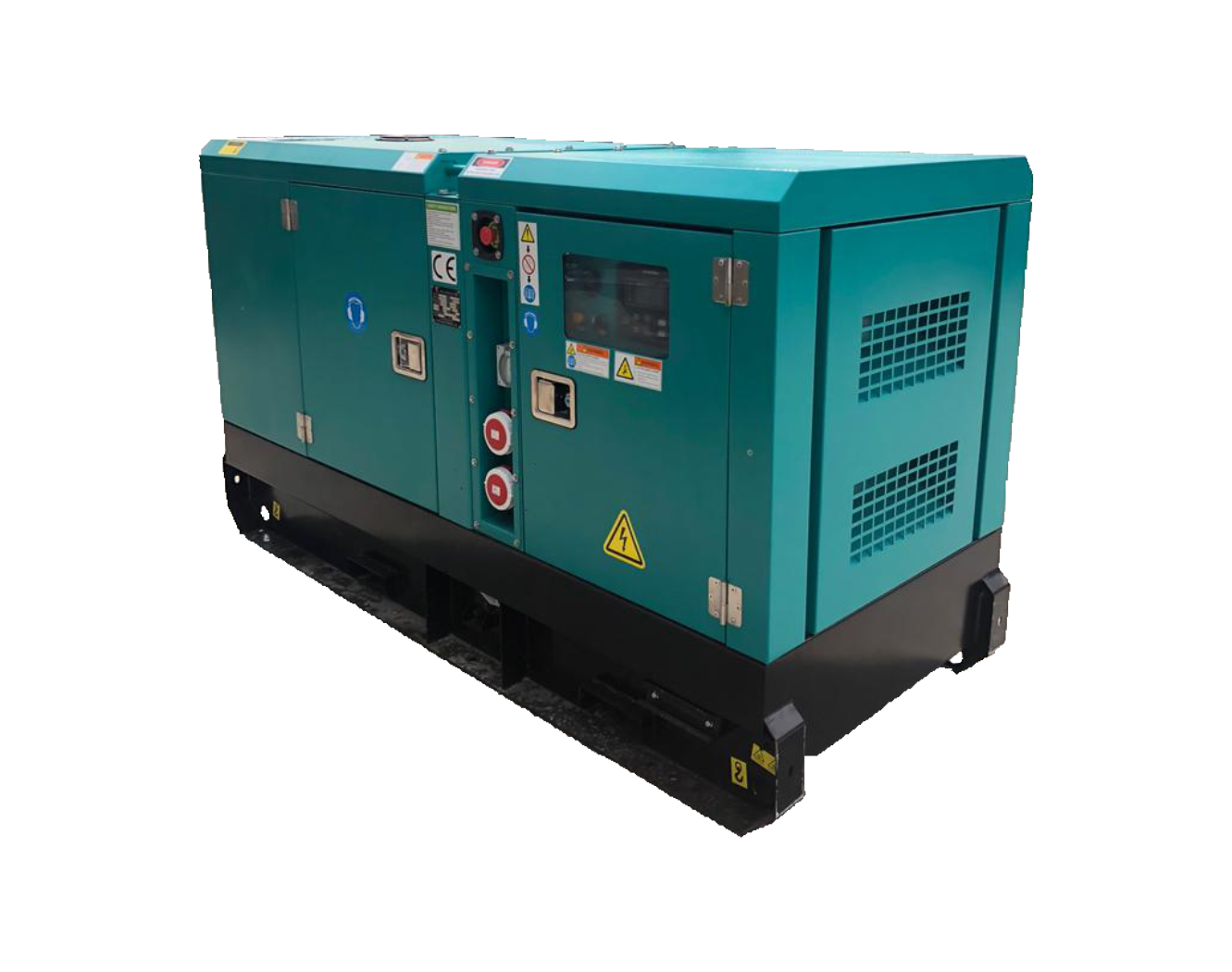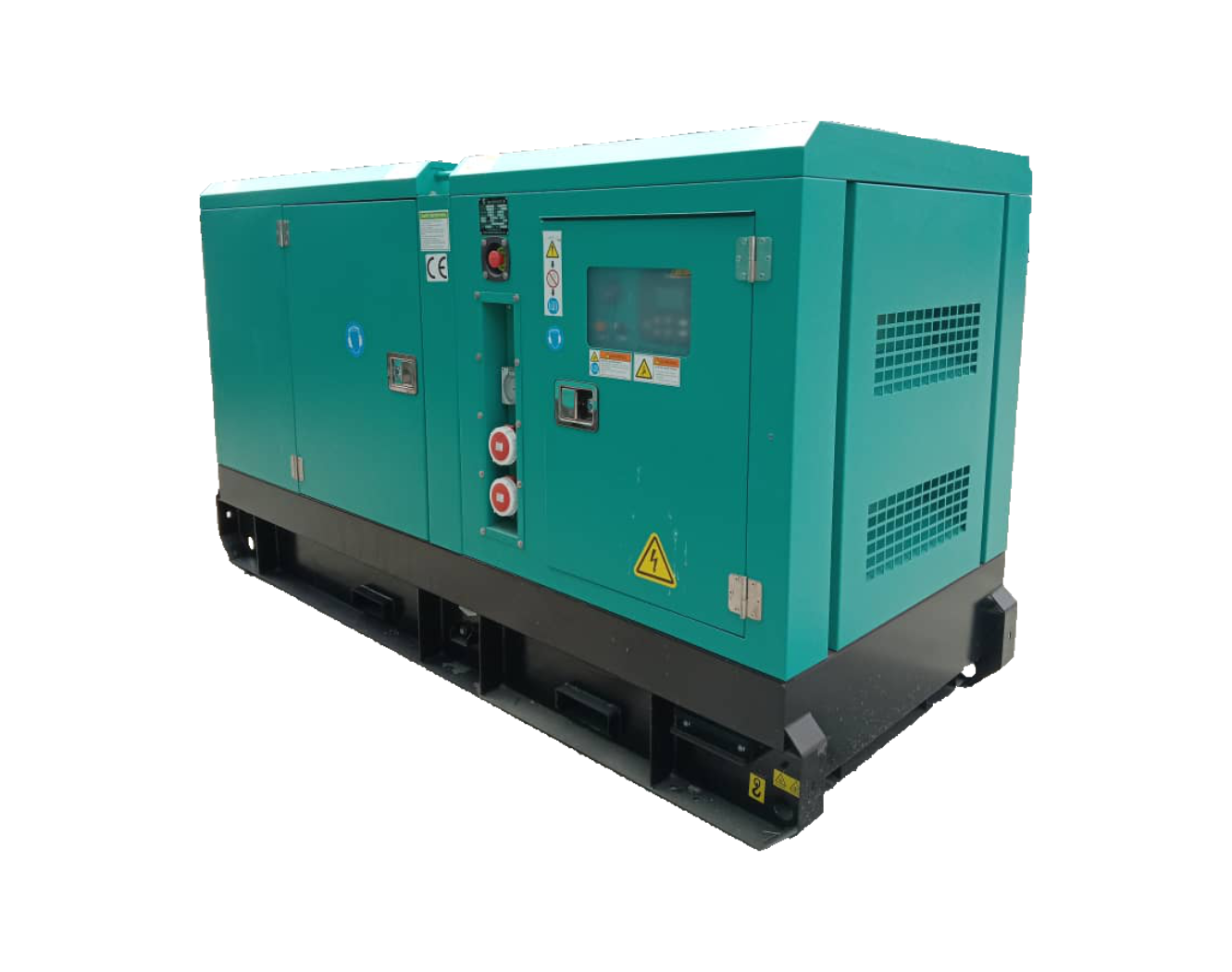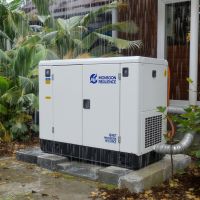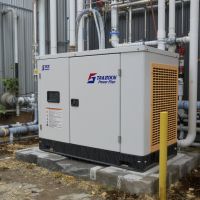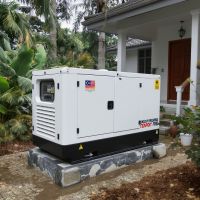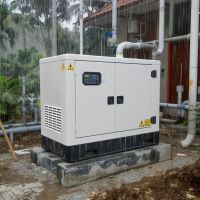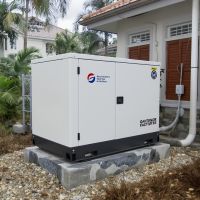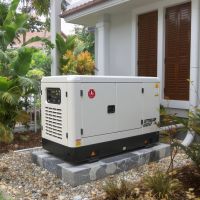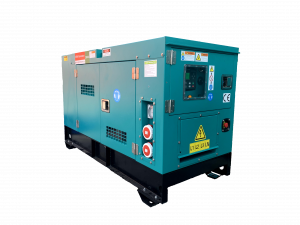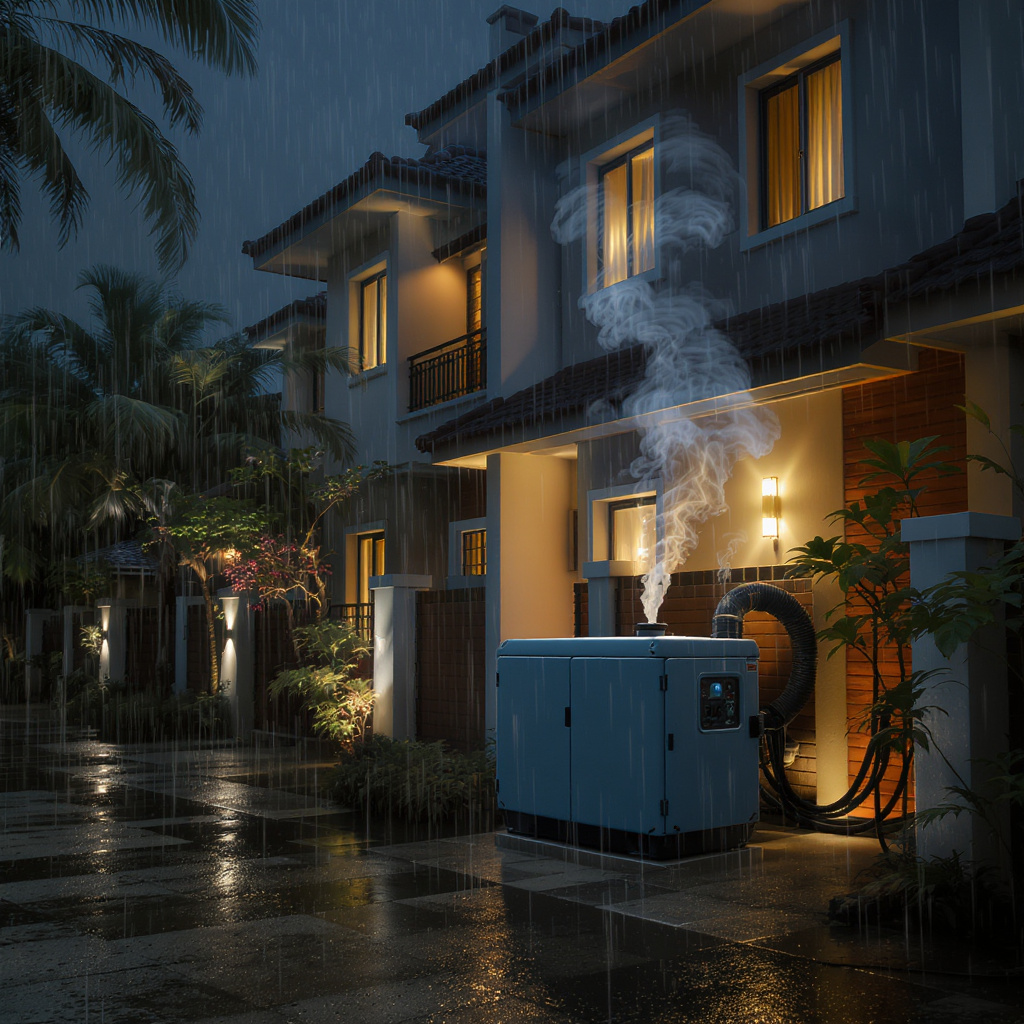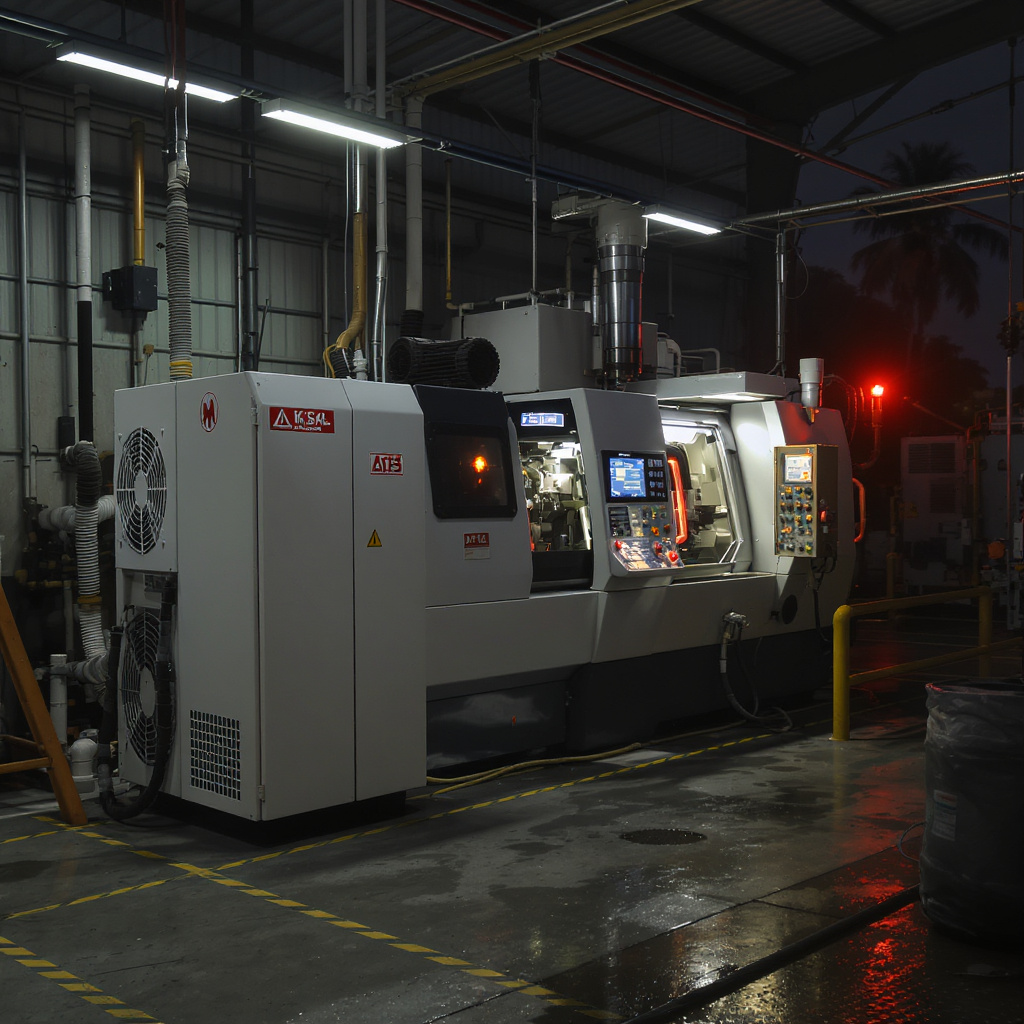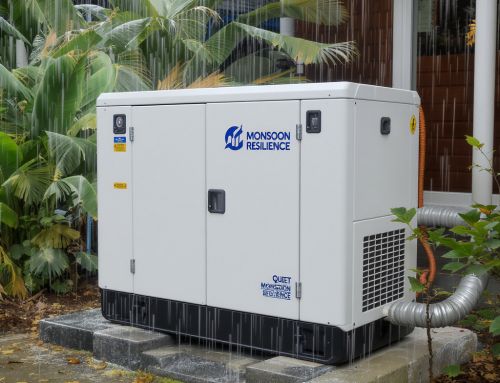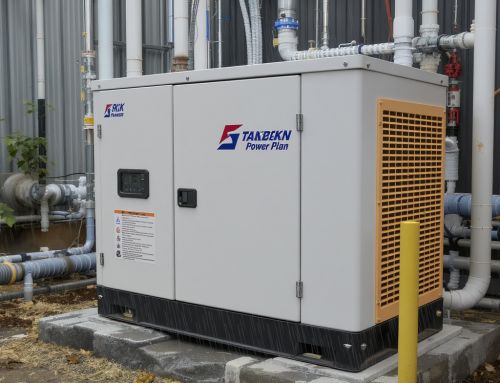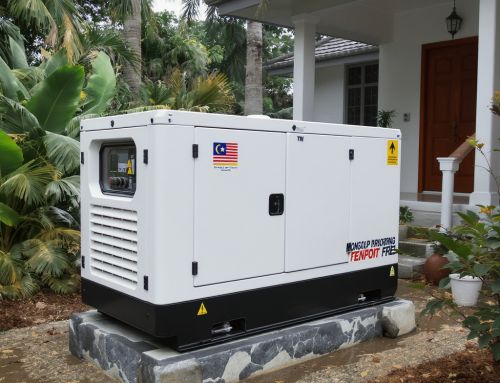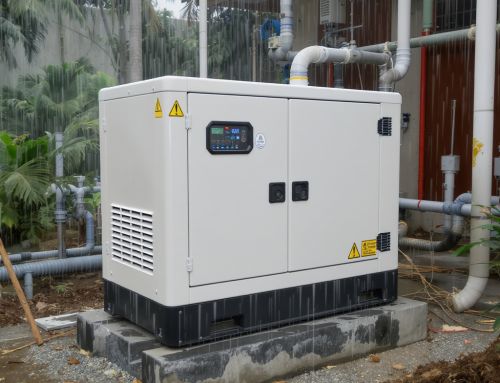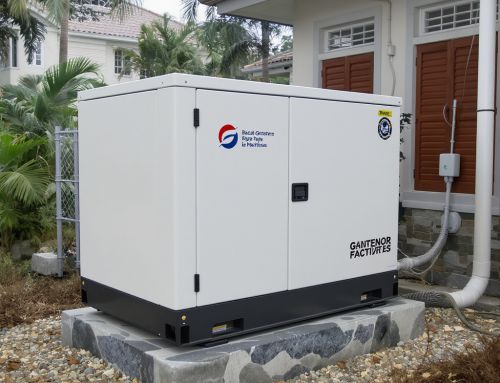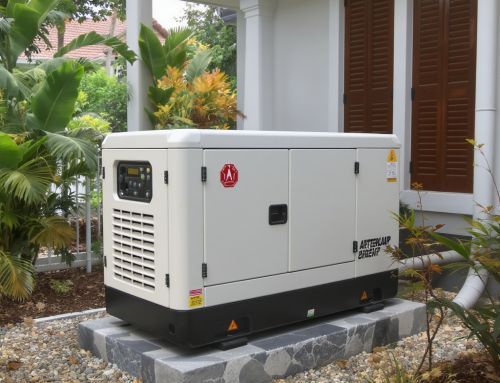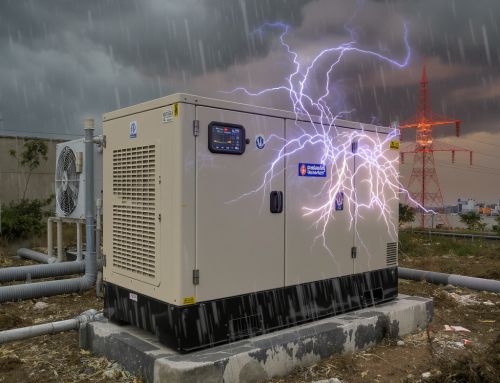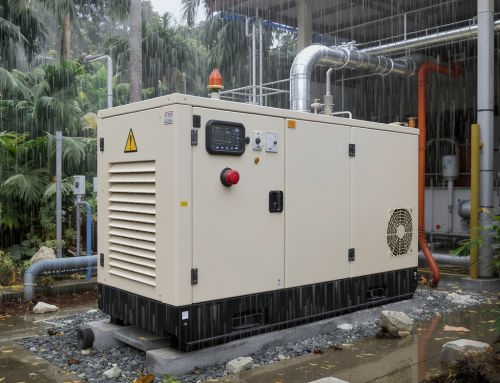From Living Room to Production Line: Right-Sizing Backup Generators for Malaysian Homes and Small Factories During Monsoon and Heat-Wave Outages
In Malaysia, extreme weather swings—from monsoon cloudbursts to punishing heat waves—regularly stress the grid. For homeowners and small factory operators, a properly sized standby generator isn’t a luxury; it’s a practical shield against food spoilage, safety risks, production losses, and missed delivery deadlines. This guide explains how to right-size and specify a home or commercial generator so you get reliable uptime without overspending.
Why right-sizing matters
Right-sizing means selecting a generator with enough capacity for your critical loads—no less, no more. Undersizing causes nuisance trips and equipment stress. Oversizing inflates purchase and fuel costs, and may lead to wet-stacking on diesel sets that rarely run at adequate load. The sweet spot balances budget, fuel efficiency, noise, and emissions with the resilience you need during blackouts.
Homes: Essential circuits vs whole-house coverage
Start by listing essential loads: fridge/freezer, lighting, security system, router, pressure pump, a few sockets for fans or a small air conditioner in a key room, and perhaps a gate motor. Many Malaysian terrace or semi-D homes find that an efficient, sound-attenuated set in the ~20–30 kVA range covers essentials comfortably. If you expect larger air-con loads or a water heater, capacity requirements climb.
For a quick benchmark, explore a dependable option like the 30 kVA MGM generator. Pair it with an Automatic Transfer Switch (ATS) so power swaps safely and automatically when the grid fails—no fumbling with changeover switches in the dark.
Small factories: Keep one line alive, not the whole plant
Manufacturers often overspend attempting to back up every motor and process. A smarter plan is to prioritize one critical line, compressors, and the minimal HVAC required for people and product quality. Many light industrial sites land in the 60–100 kVA bracket for this “lifeboat” configuration, depending on motor starting currents and power factor.
As a reference point, consider the 60 kVA MGM generator for small CNC cells, packaging, or refrigerated storage. Your installer will confirm sizing with starting current calculations (DOL vs soft-starter/VFD), voltage dip tolerances, and diversity factors.
Placement, safety, and compliance
Whether at home or a factory, choose a spot with safe clearances for cooling air and exhaust, away from windows and intakes, on a level plinth above flood risk. A weatherproof, acoustic canopy reduces noise for neighbours and staff. Bonding/earthing, RCD protection, and a properly rated ATS with interlocks are musts. Ensure fuel storage follows local guidelines and that ventilation prevents heat build-up during extended runs in hot weather.
Noise and emissions
Modern canopied sets with quality silencers and residential-grade mufflers keep sound pressure down. Low-sulphur diesel and regular maintenance help minimise smoke and odour. For urban homes or mixed-use areas, ask about additional acoustic treatment, flexible exhaust connectors, and anti-vibration mounts to keep both noise and structure-borne vibrations in check.
Uptime and ROI
For homes, the ROI shows up as food saved, comfort maintained, and security systems that stay online when streetlights go dark. For factories, the math is clearer: even a few hours of lost output, scrap, or penalties can dwarf the generator’s annualised cost. A right-sized set uses less fuel, avoids wet-stacking, and reduces maintenance events—boosting lifetime value. Some insurers consider professionally installed standby power a risk mitigant; check your policy and compliance requirements.
Fuel strategy and maintenance
Diesel remains the most common choice for Malaysian standby sets due to availability and torque for motor starts. Keep fuel clean and rotated, test-run monthly under load, and schedule annual servicing to protect injectors, batteries, and ATS functionality. Add remote monitoring if downtime costs are high—it will flag faults before the next outage.
Next steps
If you’re backing up a living room or a production line, we can help you size correctly, select the right ATS, and plan clean installation with acoustics, ventilation, and compliance in mind. Reach our specialists at genset@genset.com.my or call +60129689816. Prefer to start online? Send us your load list and site photos via our contact page, and we’ll propose a right-sized solution for your home or factory.

